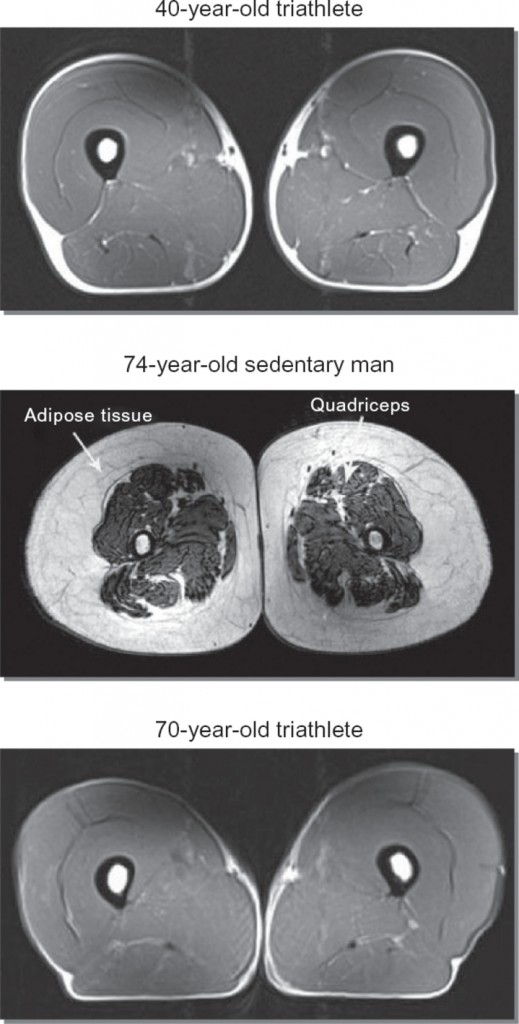A few months back, my brother and I ended up staying at the same hotel in Orlando while attending a good friend’s wedding for the weekend. While we were there, we agreed to meet at the hotel’s gym one morning to work out together.
Or, at least, that was the ostensible plan. But, really, both of us knew we weren’t there for a workout. We were there for a Grand Competition of Manliness and Strength. Somehow, that’s what our workouts always become.
Of course, a little competition shouldn’t hurt. But, in our case, it does. Because, while both of us are fairly conservative in our exercise in general, putting safety and effectiveness first, and while both of us will gladly admit in the abstract that we have differing physical strengths and weaknesses as compared to the other, if you actually put us into a gym together, all of that goes right out the window, and we instead each become monomaniacally focused on totally crushing the other.
In that situation, we’re even further set back by a phenomenon that I will here call ‘brother strength’ – essentially, a less benign relative of the sort of ‘mother strength’ that allows slightly built women to lift cars off of their children in emergency situations. Here, instead, it’s channeled towards, say, allowing a brother to bench press more than his sibling, even if his doing so flies in the face of all recorded exercise physiology and science.
I, for example, almost never train the bench press, whereas my brother does frequently, and has since his ice hockey days. Also, he outweighs me by about twenty-five pounds. But if you make him go first, and I get to go second, I can always, always bench at least five pounds more than he can.
And then, say, if we get on the pullup bar, and I go first, David can hop on and do at least one more rep than I did, even if that entails knocking out more in a single set than he’s performed in total over the past year.
Driven by a strange cocktail of testosterone, adrenaline, and long-submerged childhood rivalries, we can go back and forth like this, the second brother to try a given feat invariably besting the first, for literally hours on end. Eventually, we leave, laughing, perhaps part with an overly firm, hand-crush-attempting handshake.
And then, a few hours later, the high passes, and the hangover sets in. Down in Florida, the next morning, I woke up sore not just in my muscles, not even just in my tendons, but down in my very bones. My only solace, later that evening at the wedding reception, was noting that my brother looked equally rough.
But somehow, still, we both managed to pull ourselves out onto the dance floor. And we both did our damndest to out-boogie the other, excruciatingly painful as it may have been. Or, maybe, it didn’t hurt at all. Once the brother strength kicked back in, I don’t remember feeling a thing.

